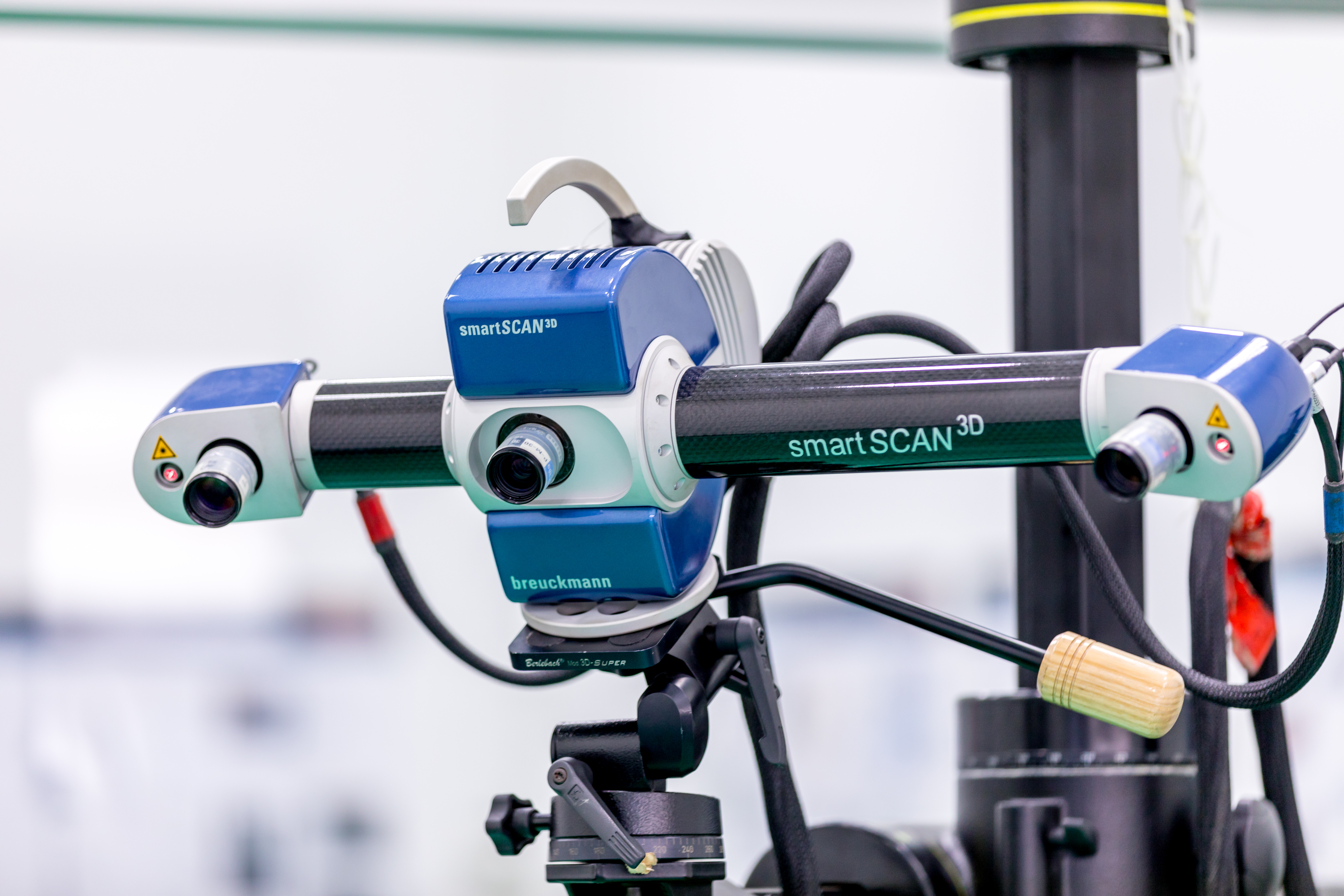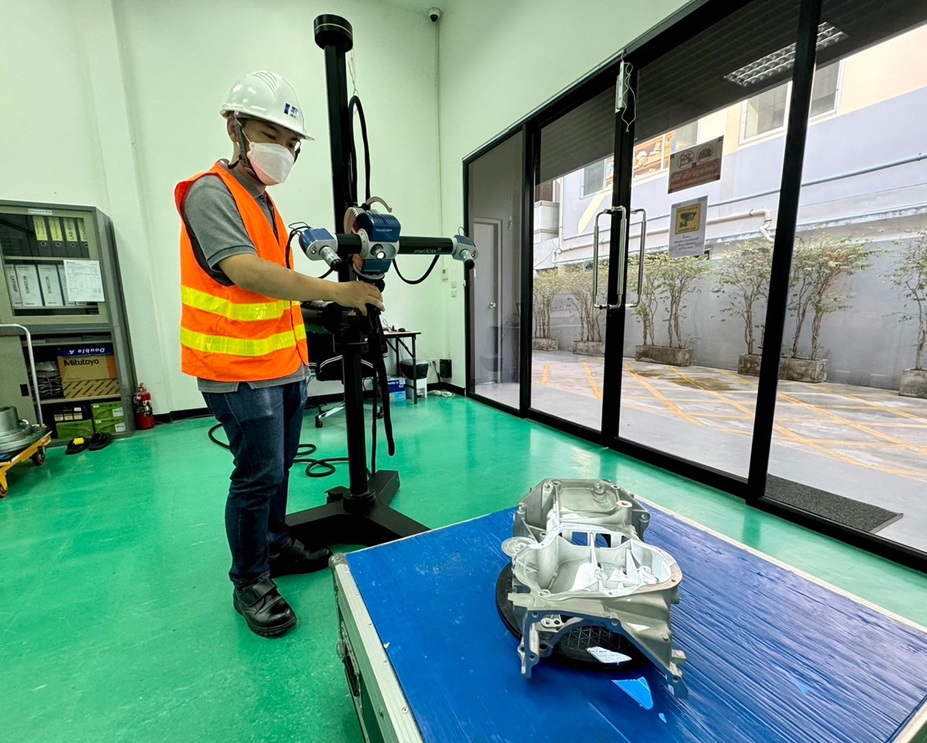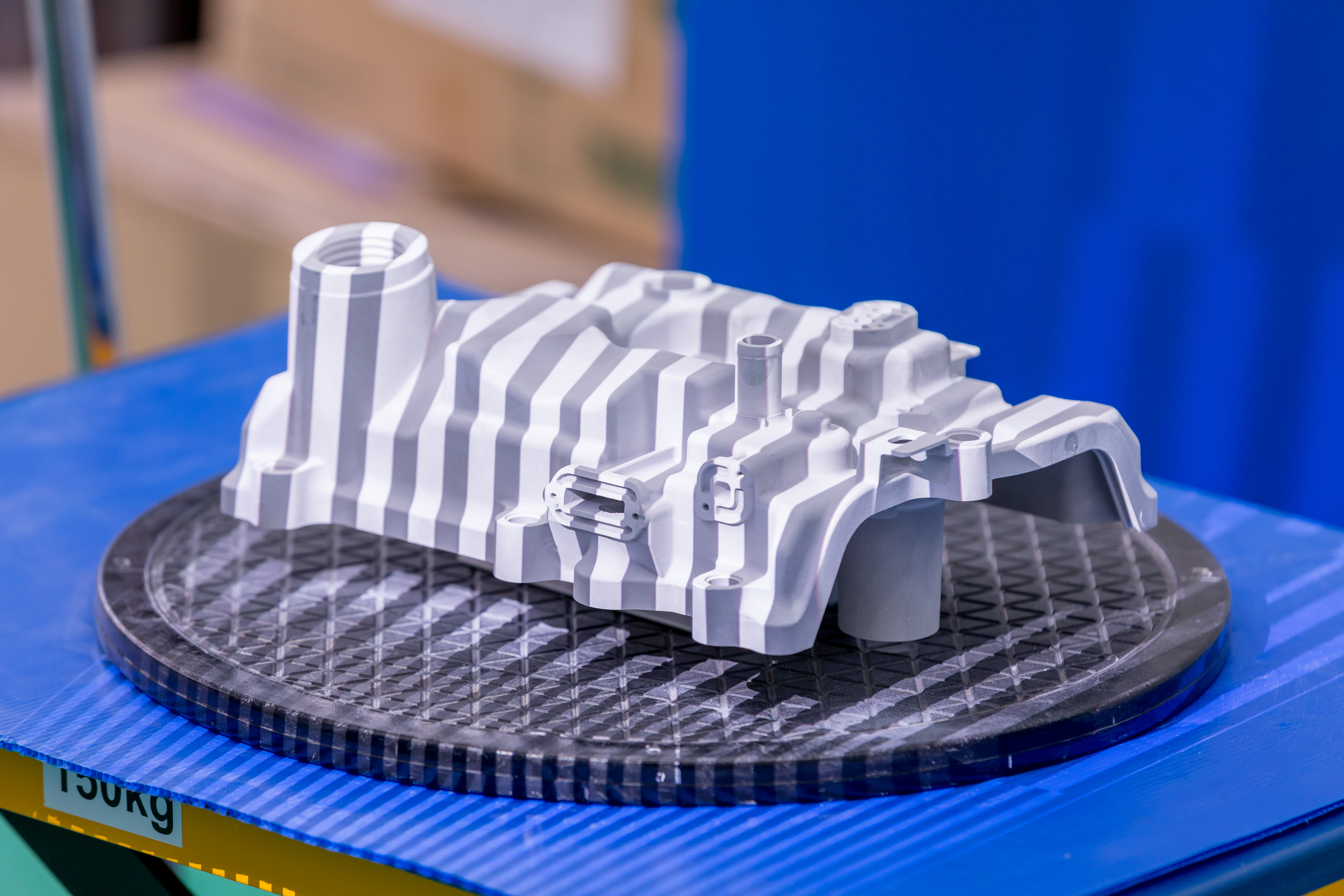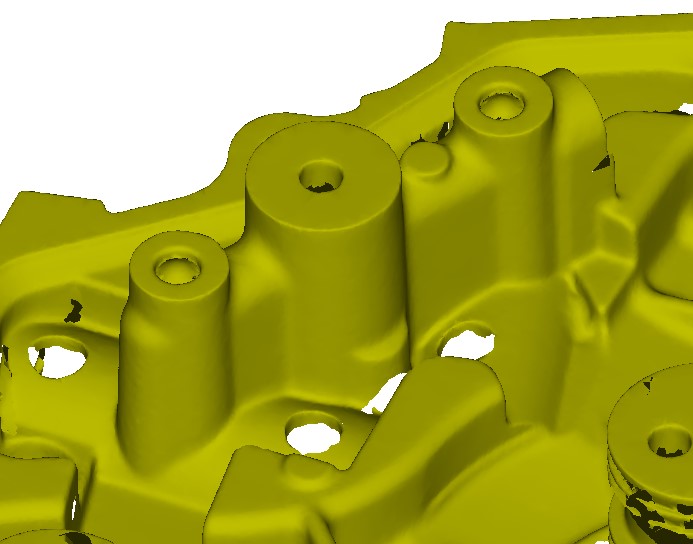page
page
3D Scanning Service by White Light Camera
White Light Camera 3D scanning is an innovative technology that has revolutionized the way we capture and digitize real-world objects. This cutting-edge technique uses a camera to capture a series of high-resolution images of an object, and then software algorithms use those images to create a 3D model that accurately represents the shape and geometry of the object. One of the biggest advantages of White Light Camera 3D scanning is its ability to capture objects with complex shapes and intricate details. This technology can capture even the most complex shapes and geometries, ensuring that your 3D model is as accurate as possible.
Another benefit is its speed and efficiency. This technology can capture large amounts of data in a short amount of time, allowing you to create 3D models quickly and efficiently. It is also non-invasive, meaning that it does not damage or alter the object being scanned. This makes it an ideal method for capturing data about delicate or valuable objects.

 smartSCAN3D
smartSCAN3D The flexible system series for precise 3D digitisation and measuring
Specifications
we have 2 type of lens are M-125 and M-300 which are cover all general type of part scanning with high accuracy

White Light Camera 3D scanning is suitable for scanning a wide range of objects, from small, intricate parts to large-scale structures such as those found in the automotive, aerospace, and medical device industries.
Some specific examples of objects that are well-suited for White Light Camera 3D scanning include: Prototypes, Medical devices, Artwork and sculptures, Engine parts, etc.
Overall, White Light Camera 3D scanning is a versatile technology that can be used to scan a wide variety of objects in various industries, providing precise and accurate data for a range of applications.
Applications:
• In-line production quality control
• Inspection of components and molds
• First and random sample inspections
• Reverse engineering for product design
• 3D documentation of the objects




15 February 2024
Viewed 13227 times


